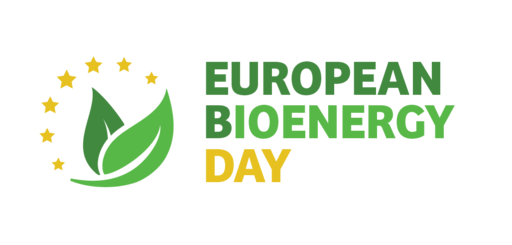Finland: 01 August 2023
Bio-CHP puts tampere on the road to achieve negative emissions
Tampere Energy inaugurated its new bioenergy cogeneration plant Naistenlahti 3. The new district heating plant reduces the carbon dioxide emissions of the whole of city by 20% and will make it possible to achieve negative emissions through carbon capture and storage by 2040.
A story brought to you by:
Built on the site of the previous combined heat and power (CHP)plant, Naistenlahti 3 BIO-CHP plant is located on the shore of lake Näsijärvi, only 3.5 kilometres away from downtown Tampere, Finland. It produces up to 230 megawatts of heat and 60 megawatts of electric energy, which is enough to cover about 50% of Tampere’s district heating needs, heating the homes of 100,000 residents. The main fuels used to produce this energy are: wood chips from forest residues, bark, sawdust, recycled wood, and recycled fuels, including high-quality industrial SRF (solid recovered fuels). All solid fuels used by the company are sourced locally.
The strength of the bio-CHP plant is to provide a stable heat and power supply, regardless of the weather/even on calm and cloudy days. This proved to be an incredible added value last winter, when the plant produced much needed heat that was able to cut the last dependence on Russian gas. The bio-CHP plant is a vital part of Tampere’s modern energy production concept.


Tampere aims to be climate neutral by 2040. In addition to its new and modern bio-CHP plant, the city is employing other renewable solutions including heat recovery with renewable electricity-powered heat pumps, and increasing the amount of thermal storage to balance demand spikes. Heat will also be recovered from the flue gases at the plant further increasing its efficiency. The city’s whole energy system is strongly interconnected which creates multiple synergies between different sectors. It is also connected to the regional waste to energy (WtE) CHP-plant Tammervoima, that has a project to utilise biogenic CO2 to produce synthetic methane with electrolysed-H2 for heavy transportation.
Tampere does not just aim to be climate neutral; it aims to achieve negative carbon emissions. In order to achieve this, Tampere will need the recovery of biogenic carbon dioxide. Tampere Energy has already begun this effort by a pioneering a 1 MW biochar district heat plant in 2018. So far it has been a success and the company is planning to scale up the project. Finland has the perfect conditions for capturing carbon dioxide emissions because it has a strong forest sector and already existing district heating networks. Bioenergy and carbon capture and storage (BECCS) can become Finland’s national strength but before this can become a reality, a strong market for carbon removals will need to be created. Once this happens, plants like Naistenlahti 3 will be able to add BECCS to their operations and drive carbon removals all thanks to bioenergy.
About the campaign
The European Bioenergy Day campaign is powered by Bioenergy Europe and relayed across Europe by both national and international partners supporting the view that bioenergy is more than a renewable energy source, it is also a reliable path that will lead Europe to achieve its renewable energy transition.
European Bioenergy Day on Social Media
